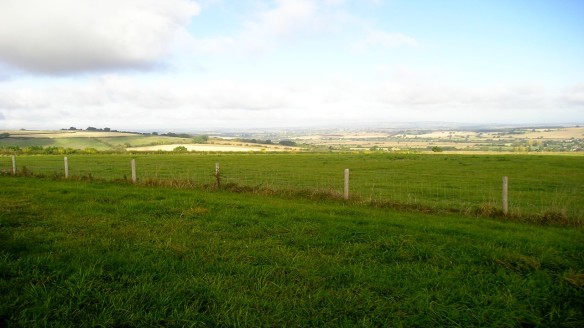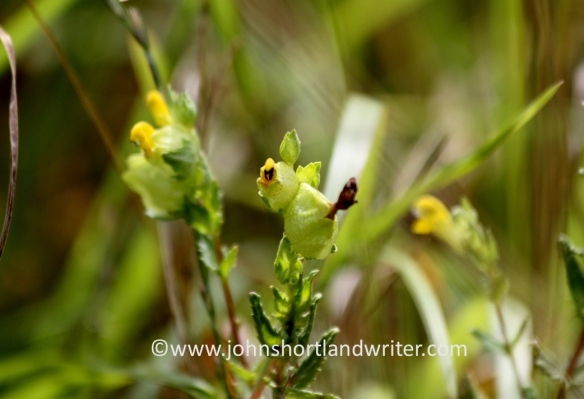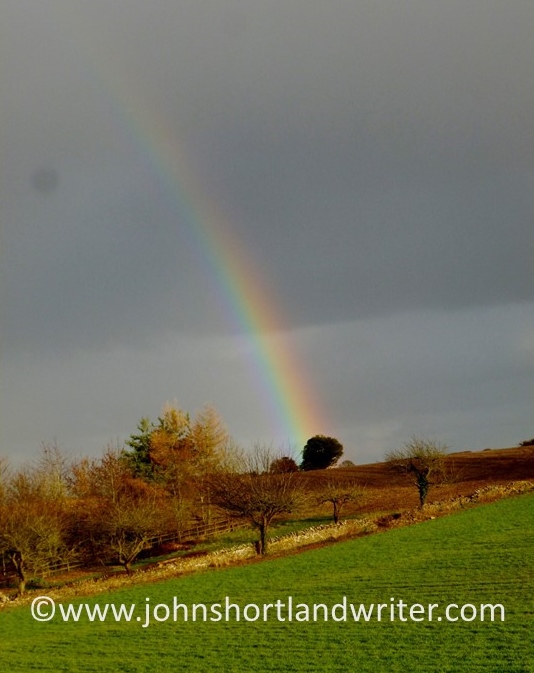The second half of 2016 went just as quickly, if not quicker than the first. No sooner have the nights drawn out than Midsummer Day is upon us and, gradually at first – and then rapidly – the nights close in on us. In England our really warm summer weather does not arrive before July and with luck extends well into October. In bad years it never really arrives at all. 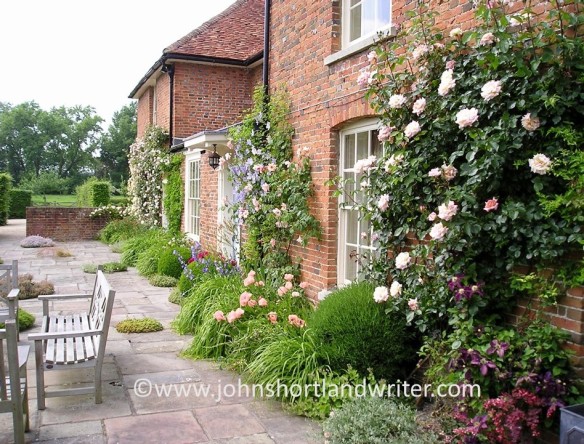
In July I travelled just about as far west as is possible in the UK for a few days holiday in Cornwall. Cornwall is a land of contrasts with picturesque, small fishing villages, spectacular cliff walks and golden, sandy beaches. Inland, the scenery is bleak moorland with granite outcrops and the houses appear to squat low in the landscape to shelter from the gales that sweep in off the Atlantic. Luckily, the evening we went to the Minack Theatre was warm with only the lightest of sea breezes. Lucky because the theatre is carved into the cliff face. The idea of Rowena Cade, in the 1930s she and her gardener spent a winter moving rocks and to create a stage and seating. This Herculean effort was more than worthwhile, it was… well, click here to see for yourself.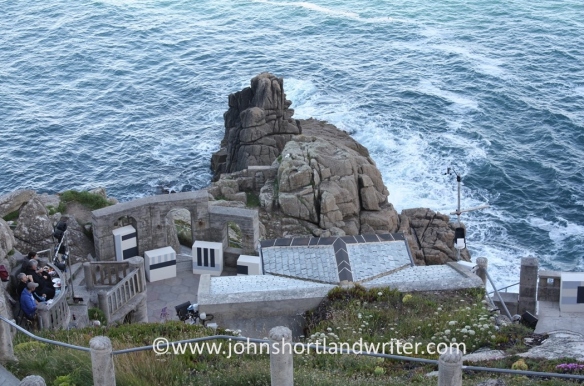

August saw me on the other side of Atlantic Ocean in the American State of Arizona visiting another cliff-face achievement, the Canyon de Chelly. The houses of the Anasazi people were carved out of the sheer rock face hundreds of years ago and can only be reached by precarious toeholds. Today it is the home of the Navajo. The canyon is unique amongst the National Parks of America for it is the only one that is… check this link to find out what.
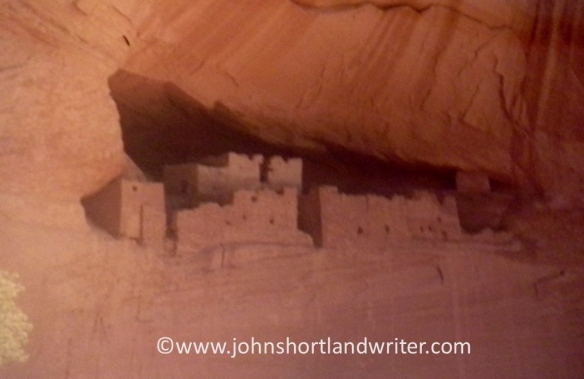
There is nothing like a bit of bragging and September saw me unashamedly showing off about the small lake I created some years back. These days, it looks as if it has been there forever and is home to numerous wild duck, fish and small mammals. Originally a rubbish dump click here to see how it has been transformed.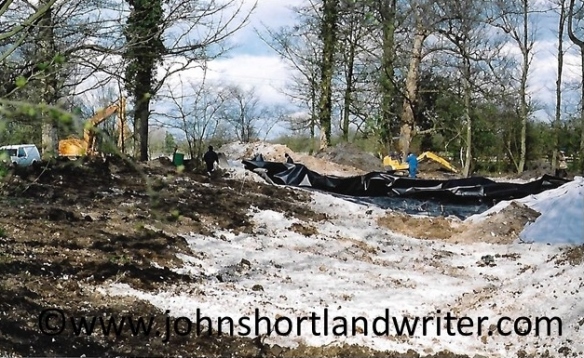
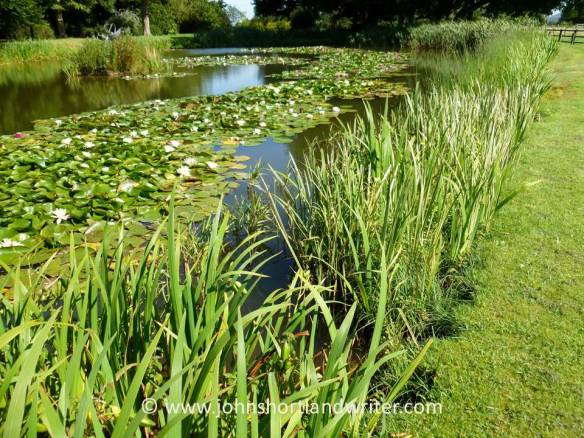
I am always telling you how beautiful our Cotswold Hills are and how lucky I am to live in the middle of the secret valley, away from traffic and houses. In October, I took you all on a virtual tour of the valley. The crab-apple tree lined lane leads to the wonderfully winding river that features on the blog header. After a mile of visual treats the lane narrows even more as it passes our tiny, stone cottage. Occasionally, there is a traffic jam – but rarely by cars. To take the tour again click here.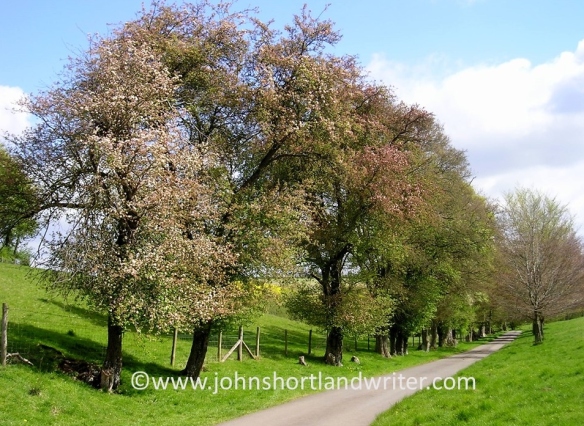

In November we went treasure hunting – looking for fortune in the garden. We didn’t have to dig it all up, only walk around it for we were searching for plants originating in China and Japan. The little-known story of how Robert Fortune, a 19th century dour Scotsman travelled to the for side of the world to fight with pirates before smuggling out what has become one of our most popular drinks is told here.

Travels and ancient buildings in Sweden and the south of France, hidden Exmoor, and attracting butterflies to your garden all featured in December‘s review. If that all sounds too exhausting, take a slow, slow canal longboat ride through the stunning scenery that can be found within a few miles of the university city of Oxford (here).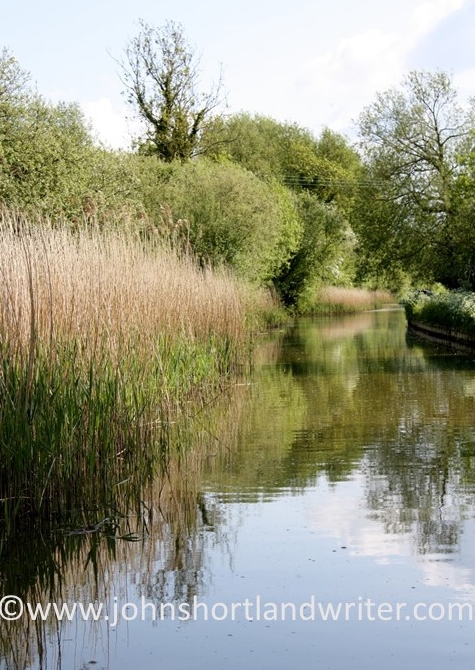
2017 is seeing a lot of changes politically and culturally both here in Britain, in the USA and elsewhere in the world. Some can’t wait for what will happen and others are dreading it. Whichever ‘side’ you’re on, come and escape to Life in the English Cotswolds and the secret valley which will always be, hopefully, a little haven of peace.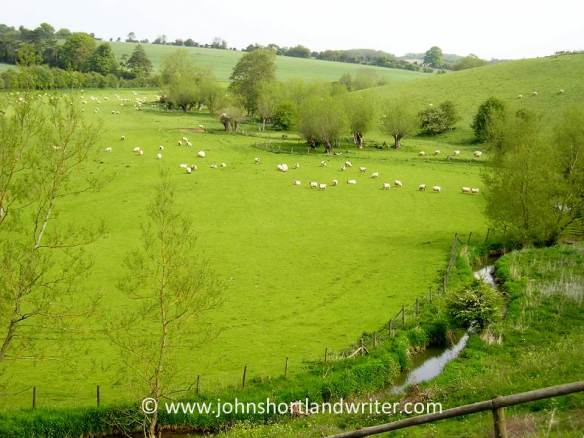
Best wishes for 2017 and many thanks for your post -and future – support.


